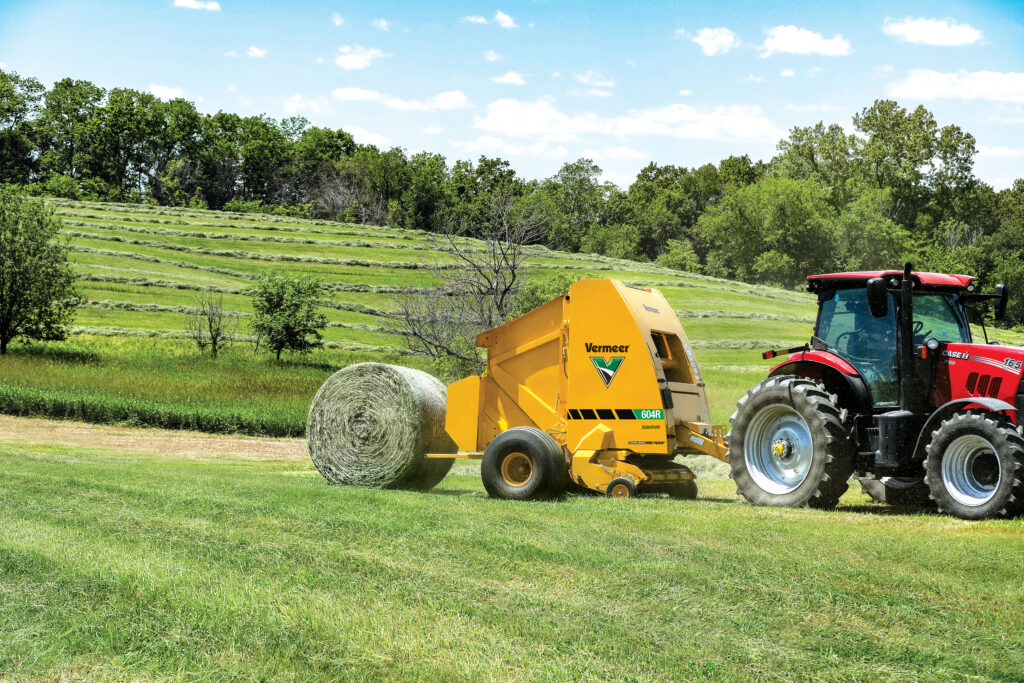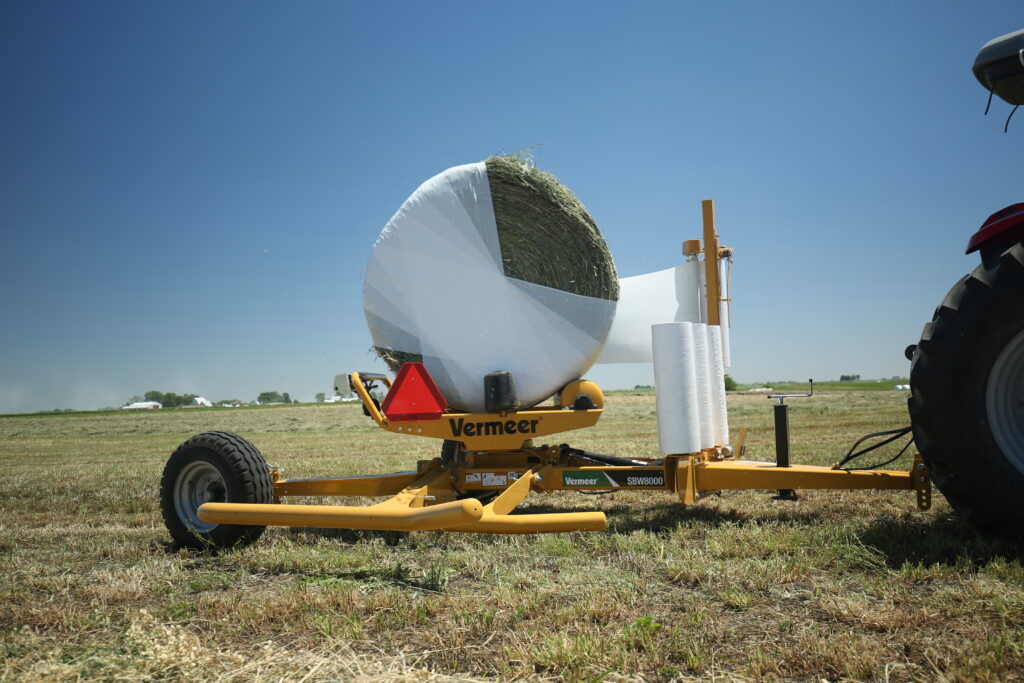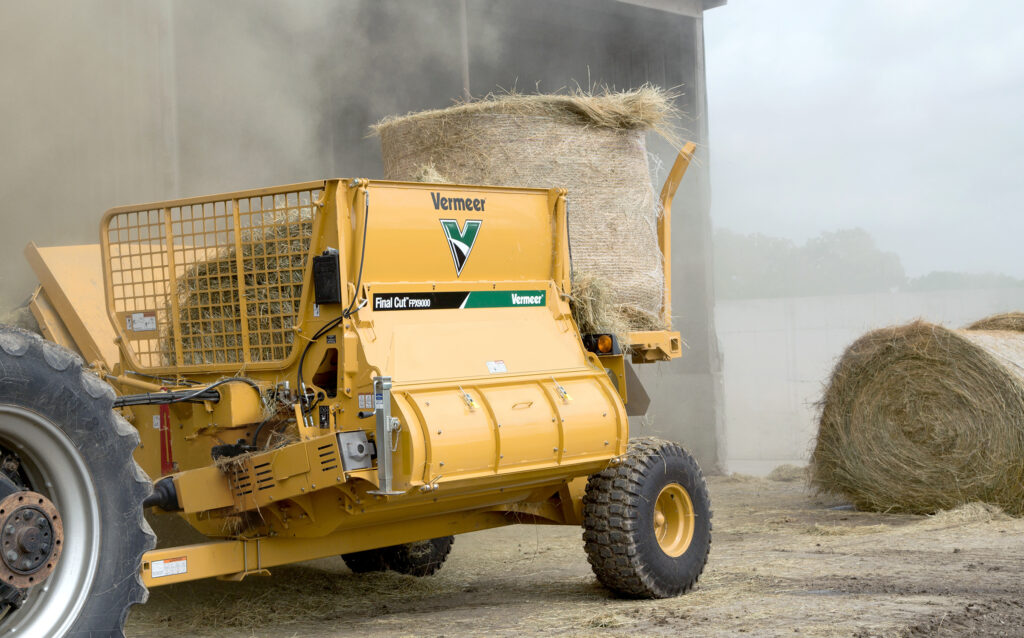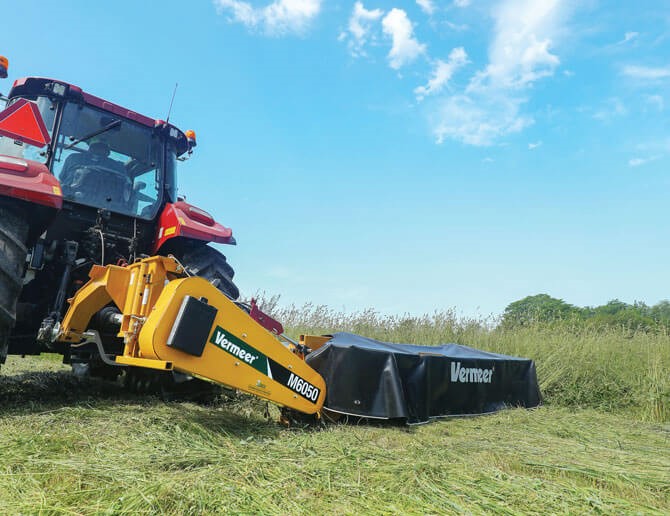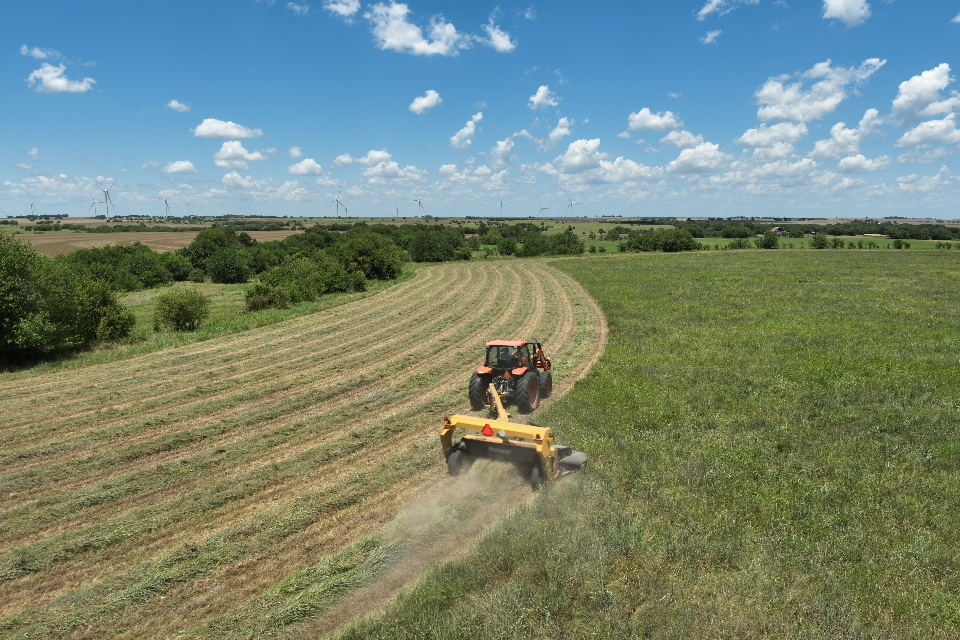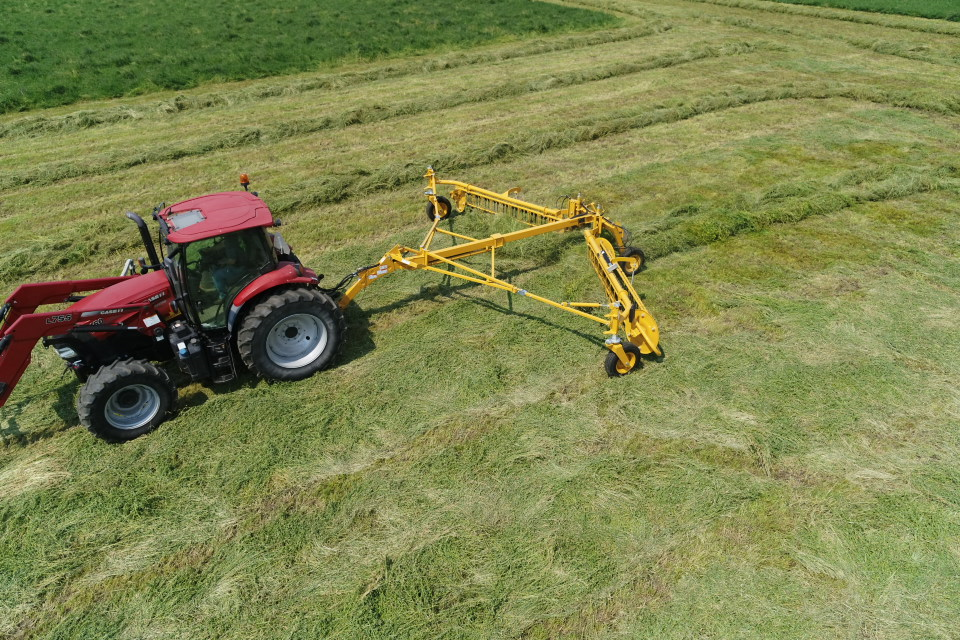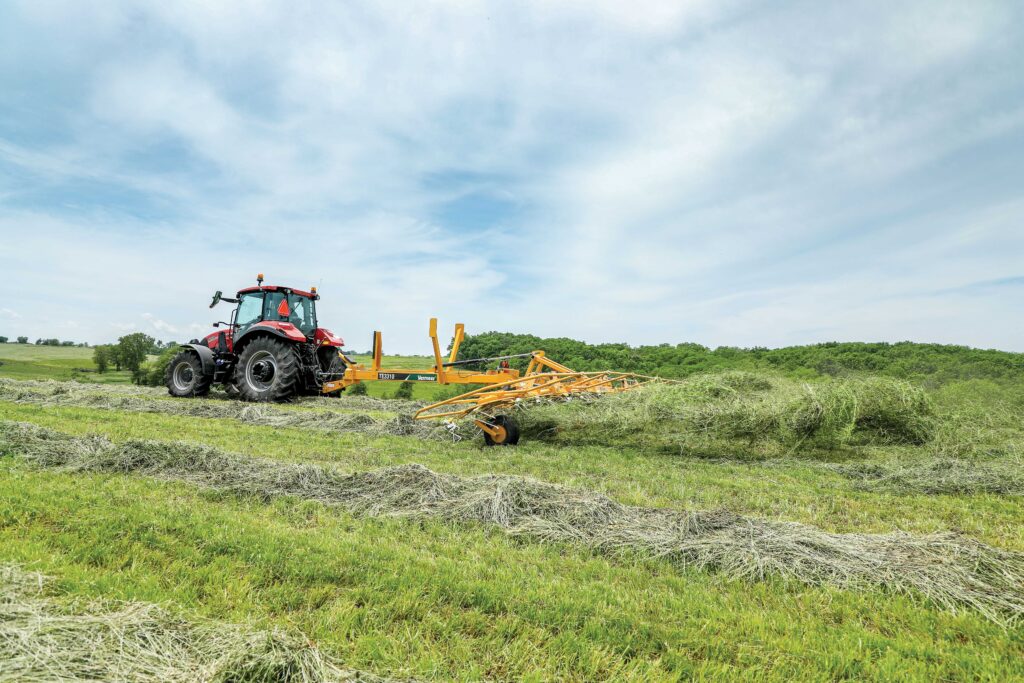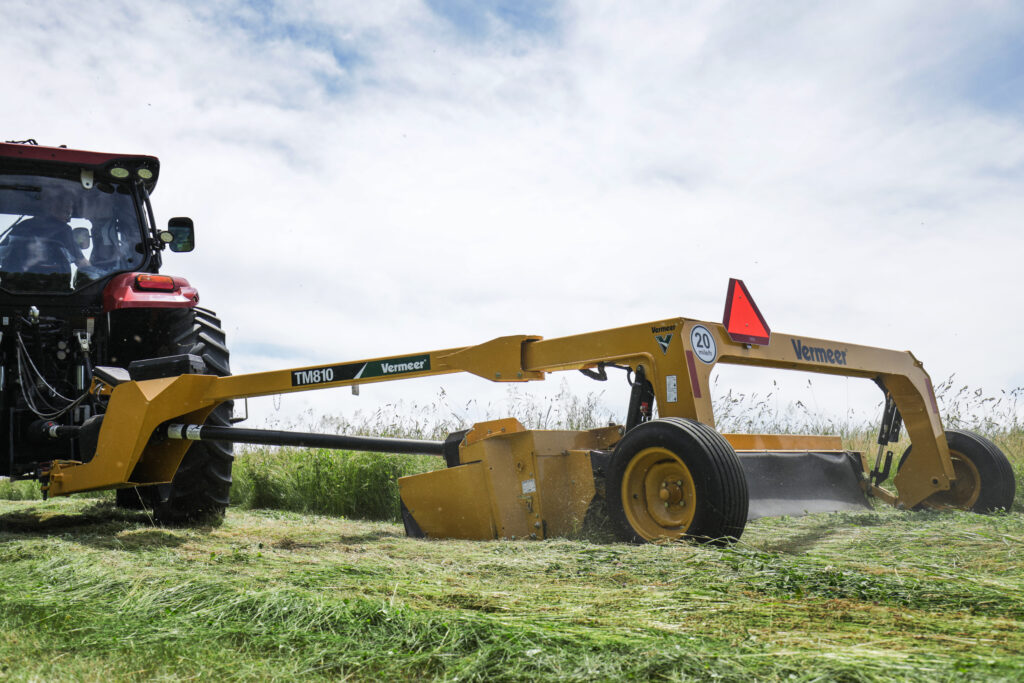When drought conditions continue year after year, the hay shortage creates more challenges for hay and cattle producers.
Drought can be devastating for hay producers. Tim Schnakenberg, the University of Missouri Extension agronomy specialist, shared ideas to help them get through drought periods. “Land is expensive. Time is expensive. Inputs are expensive. Try to make the most out of every acre,” Schnakenberg says. “To do this, try to get more hay harvested on fewer acres.” According to the Beef Cattle Research Council, a productive pasture needs plant diversity. If a pasture lacks diversity, production will be limited. A solid pasture management plan can also help producers maximize forage.
Prepare for the worst to minimize the effects of drought on hay operations
Schnakenberg also recommends that hay producers always have a game plan to handle worst-case scenarios. That game plan is as unique as the producer’s operation.
- Prepare for an early harvest.
- Extend the grazing season
- Weed control
Rely on equipment to help maximize harvest during drought years
Using a tedder can help speed up the hay-making process and can optimize hay quality. “If you’re actively looking to take control of your hay by minimizing harvest loss and maximizing crop quality — consider the Vermeer 10-series tedders. The 10-series tedders create a bottoms-up motion to rotate the dry crop to the bottom and the wet crop to the top, which helps producers evenly dry the crop,” said Vermeer Product Manager Shawn Wang.
Hay shortage resources for producers
Hay and cattle producers should make the most out of the available resources to help mitigate the effects of drought on agriculture. The USDA offers A Producer’s Guide to Drought.
Plus, we are a valuable resource to help you navigate the difficulties of drought. We can answer your questions and help identify hay tools to help you run your operation efficiently.
